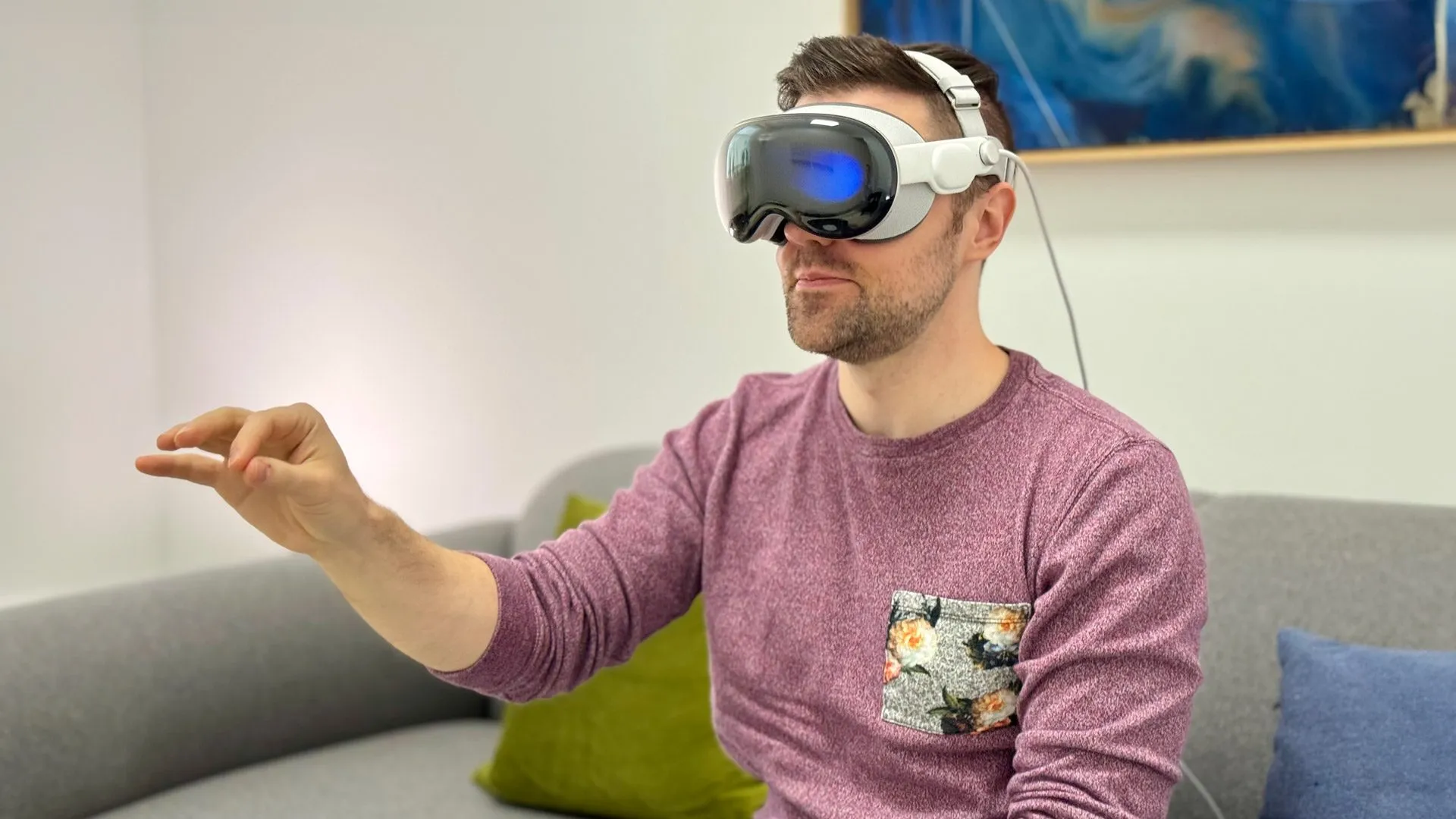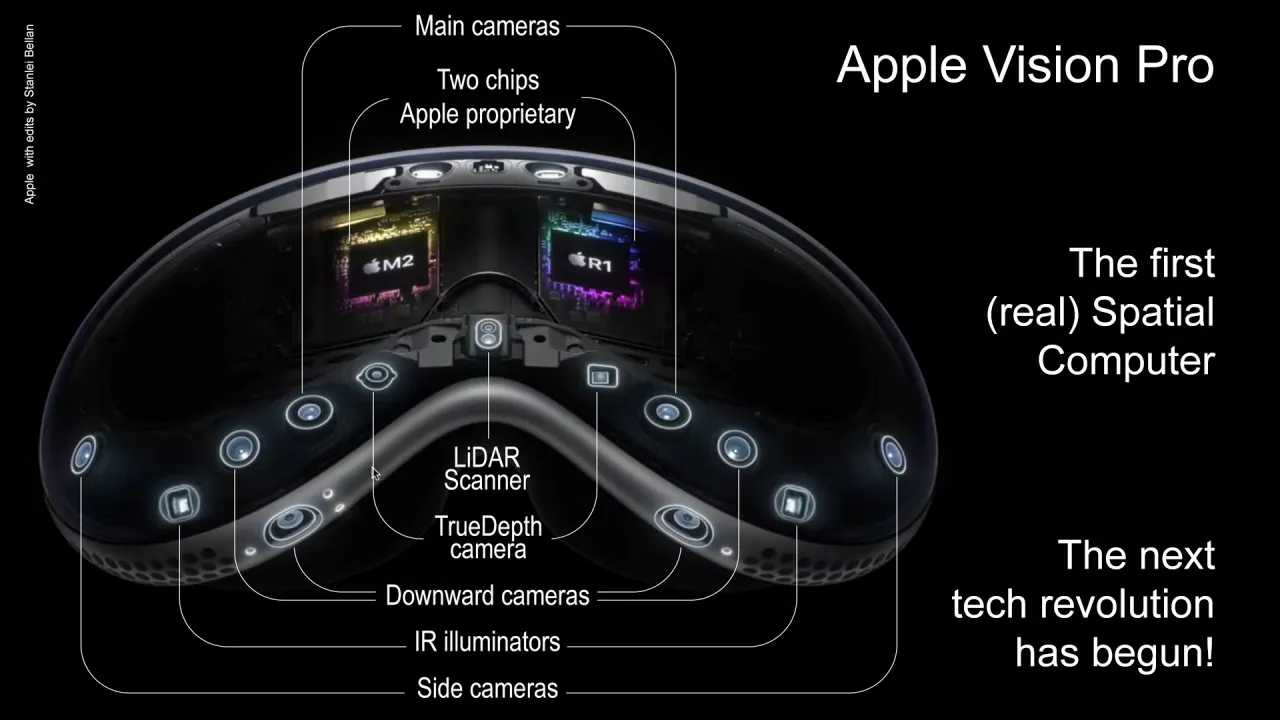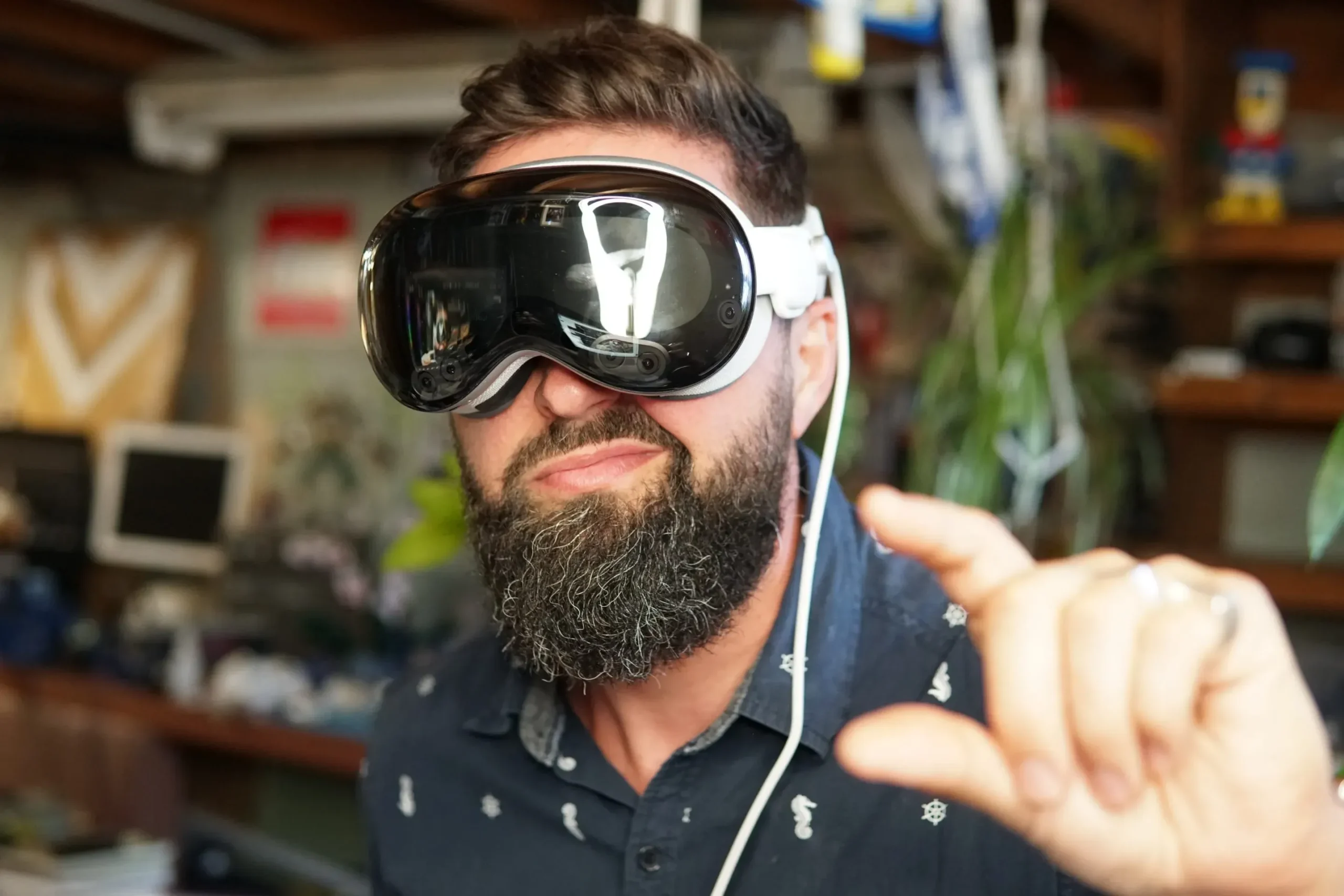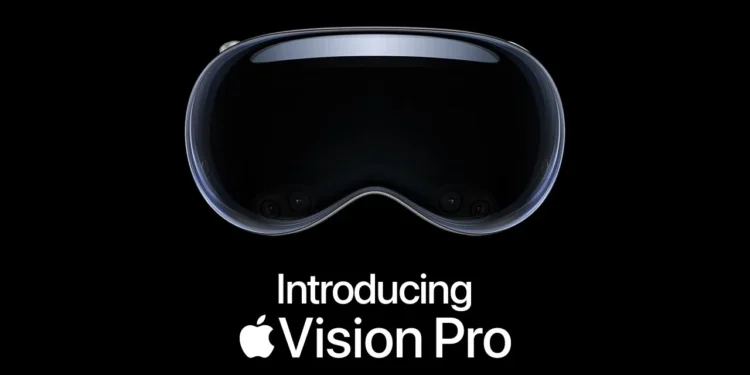Apple’s highly anticipated Vision Pro headset launched with great fanfare, promising to revolutionize the way we experience virtual reality, entertainment, and productivity. However, in the months following its release, several early adopters have reported significant issues with the device, ranging from discomfort to limited use cases, causing many to express buyer’s remorse. According to a recent report from The Wall Street Journal, the device, which was expected to set a new standard in augmented reality, has left many of its early buyers feeling unsatisfied.

A Heavy Burden: Comfort Concerns Plague Vision Pro Users
The Vision Pro weighs between 600 to 650 grams (about 1.3 to 1.4 pounds), which is notably heavier than typical consumer headsets, and this weight has become one of the most frequently cited issues among users. The headset’s front-heavy design, which includes its high-definition display and external battery, has made it uncomfortable for extended use.
Dustin Fox, a real estate agent from Centreville, Virginia, shared his dissatisfaction with the headset’s weight, revealing that it had spent most of the year “collecting dust.” He said, “It’s just collecting dust. I think I’ve probably used it four times in the last year.” Fox pointed out that he couldn’t wear the device for more than 20 or 30 minutes without experiencing discomfort in his neck. The initial excitement of owning the device quickly wore off once the physical experience became unsustainable.
The Software Struggle: A Lack of Compelling Apps
The discomfort is not the only problem users have faced. The Vision Pro was initially marketed as a powerful tool for content consumption, but many users have found that its app ecosystem is sparse, which has severely limited its use. Tovia Goldstein, a 24-year-old based in New York, noted that after watching content on the headset for an hour, he had to “throw it down” due to discomfort. “After 60 minutes, you can’t, you just have to throw it down,” he said. He also cited the lengthy startup time as a major inconvenience, which involved waiting several minutes and connecting the external battery before being able to use the device.

Goldstein’s frustration with the lack of apps also highlights the broader issue of software support. The Vision Pro’s visionOS App Store has not yet matured enough to offer a diverse range of applications that would make the headset a truly valuable tool for everyday use.
Social Discomfort: The Headset’s Public Reception
While the Vision Pro was initially met with enthusiasm, especially after a high-profile launch event in New York City, many buyers quickly realized the social discomfort of wearing a bulky headset in public. Some users felt alienated and received unwanted attention, especially in places like airports and airplanes. Anshel Sag, a technology analyst based in San Diego, described his experience using the device for inflight entertainment, recalling the “dirty looks” he received from fellow passengers. He said, “I got pretty dirty looks from people. I don’t need that.” Sag was not alone—other users have shared similar stories of feeling self-conscious while using the headset in social settings.
The Vision Pro’s travel case also proved impractical for many. At $199 for the case, its large size—measuring approximately 12 inches by 9 inches by 6.5 inches—has made it difficult for users to carry the device around without feeling burdened. Anthony Racaniello, a media studio operator from Philadelphia, said that the case “takes up like half of the volume of my carry-on.”
A Glimpse of the Future, but Not There Yet
Despite the mounting criticisms, some users still hold onto the belief that the Vision Pro represents a glimpse into the future. Yam Olisker, a 20-year-old YouTuber from Israel, praised the device for offering an immersive movie-watching experience, especially for 3D films. “It feels like you’re at the concert,” Olisker said, referring to watching a Metallica concert in 3D. However, even Olisker acknowledged the weight issue, stating that he had to lie down to alleviate the discomfort while watching movies.

The Future of Vision Pro: Incremental Updates on the Horizon
While Apple’s work on a significantly enhanced Vision Pro model appears to have stalled, there are indications that an incremental update to the product is in development. Apple’s second-generation Vision Pro could feature an upgraded M5 chip, but the physical design will likely remain largely unchanged. Industry insiders, including Ming-Chi Kuo and Mark Gurman, have suggested that this updated model could launch between fall 2025 and spring 2026. These incremental improvements are expected to address some of the criticisms users have voiced while still relying on the same core design to minimize costs and excess inventory.

The Apple Vision Pro remains a highly ambitious project that aims to redefine the way we interact with the digital world. While the device undoubtedly offers groundbreaking potential, the feedback from early buyers suggests that it may be ahead of its time. With issues surrounding comfort, software support, and social acceptance, it seems that Apple has some significant work ahead to make the Vision Pro a truly viable product for the mainstream.
In the meantime, it’s clear that the Vision Pro has a long way to go before it can live up to its early promises. For now, some buyers are left regretting their purchase, while others remain hopeful that future iterations will solve the device’s current limitations.










